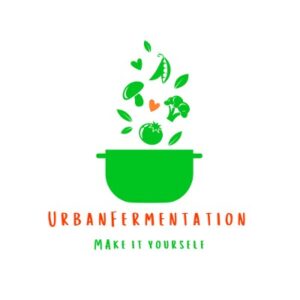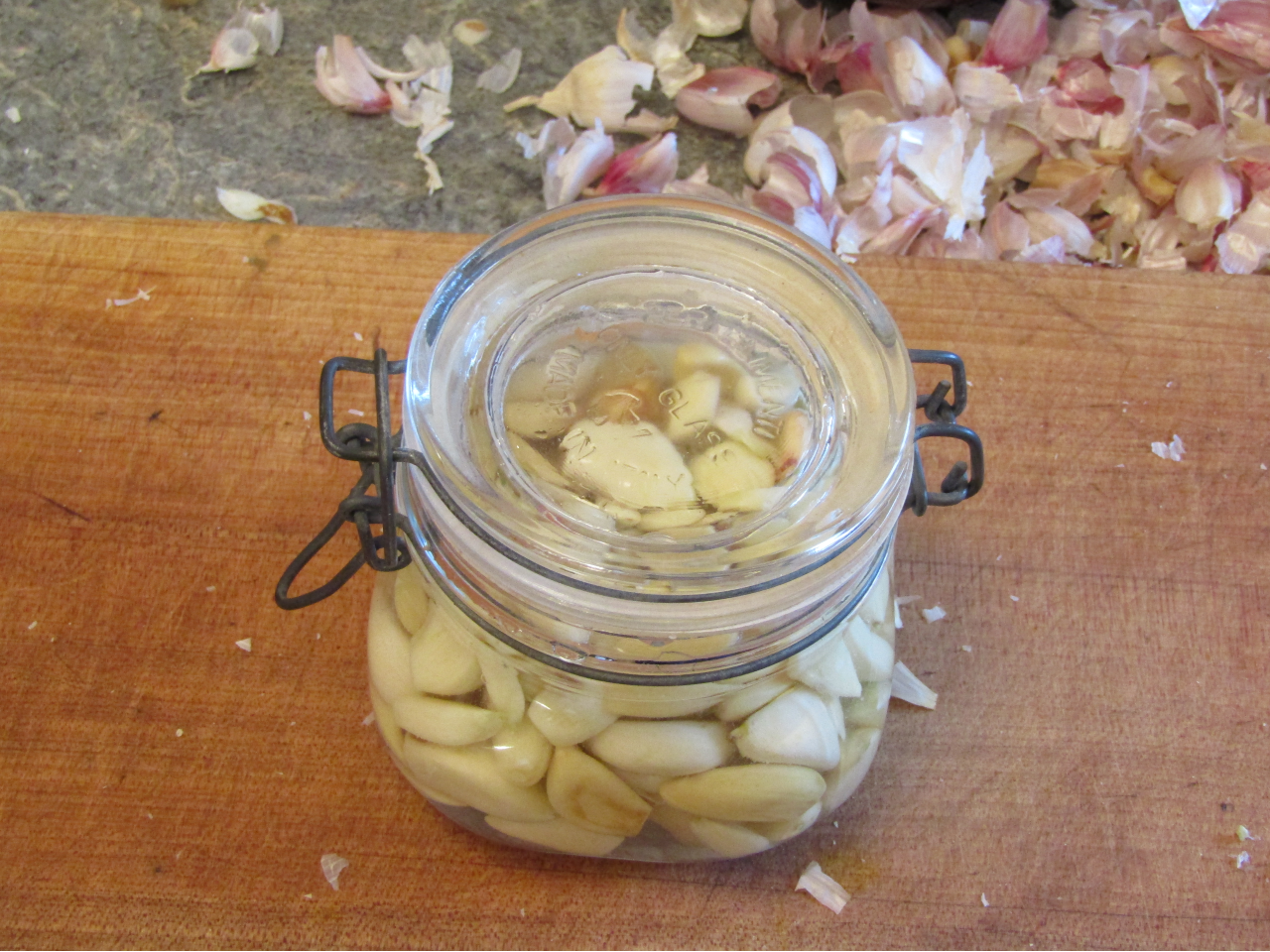This post contains affiliate links.
There are many ways to store garlic for later use. It can be hung in a cool dry location, mashed and mixed with vinegar, slowly fermented into black garlic or pickled with vinegar but by lacto-fermenting them you get a chance to experience one of the most reliable, safe and delicious ways of garlic preservation.
Now I know we no longer have to worry about preserving our harvest for later use in today’s world of global trade but preservation is only a small part of why lacto-fermented garlic is so great. As the garlic ferments it mellows the flavor of the garlic, adds a tangy taste and improves its digestibility (for those who have trouble with garlic sauces).
Equipment:
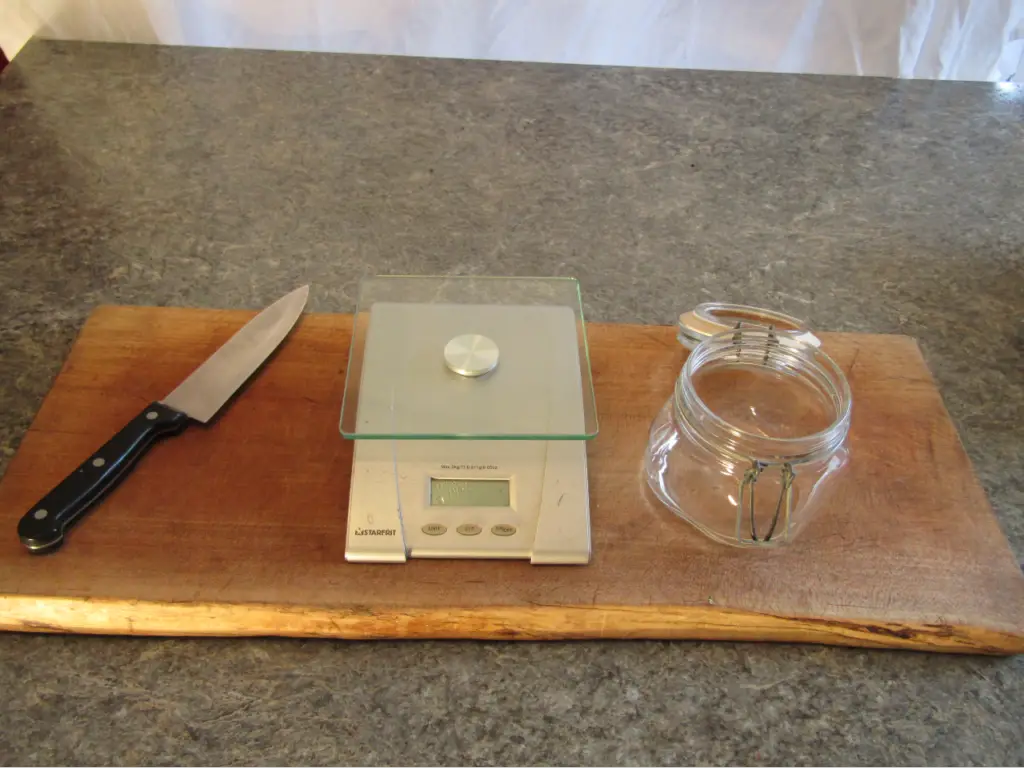
- Cutting board
- Kitchen knife
- Fermenting jar
- Kitchen scale
Ingredients:
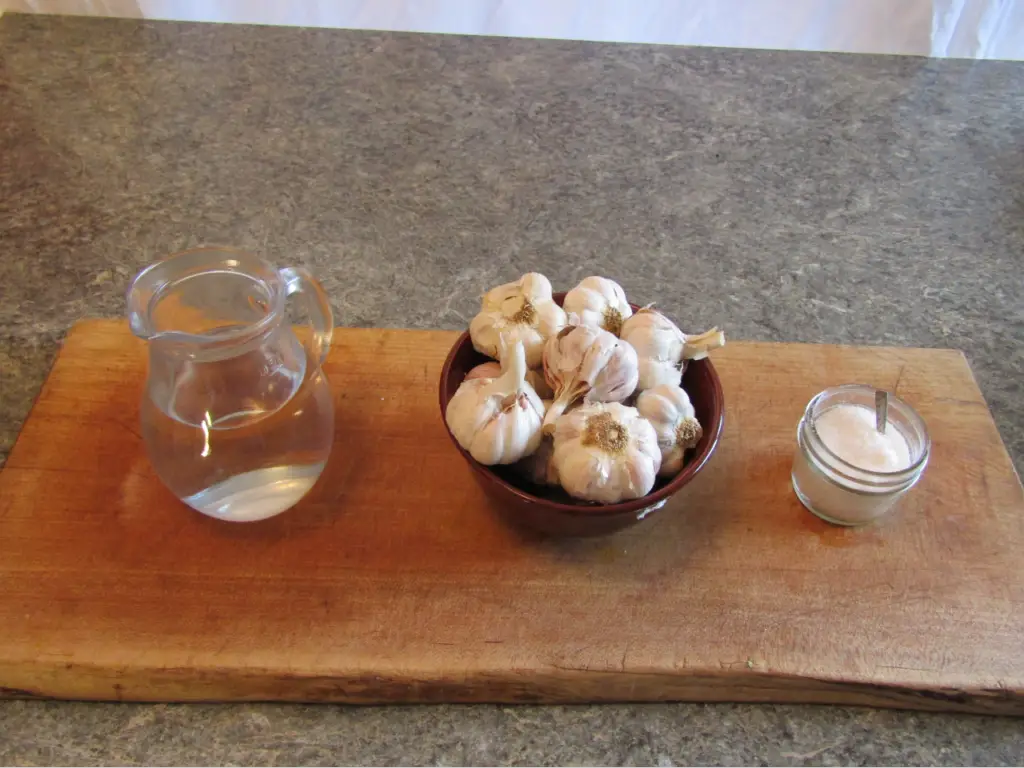
- Enough garlic to fill the fermenting jar
- Salt
- Filtered water
Instructions:
- Separate garlic cloves
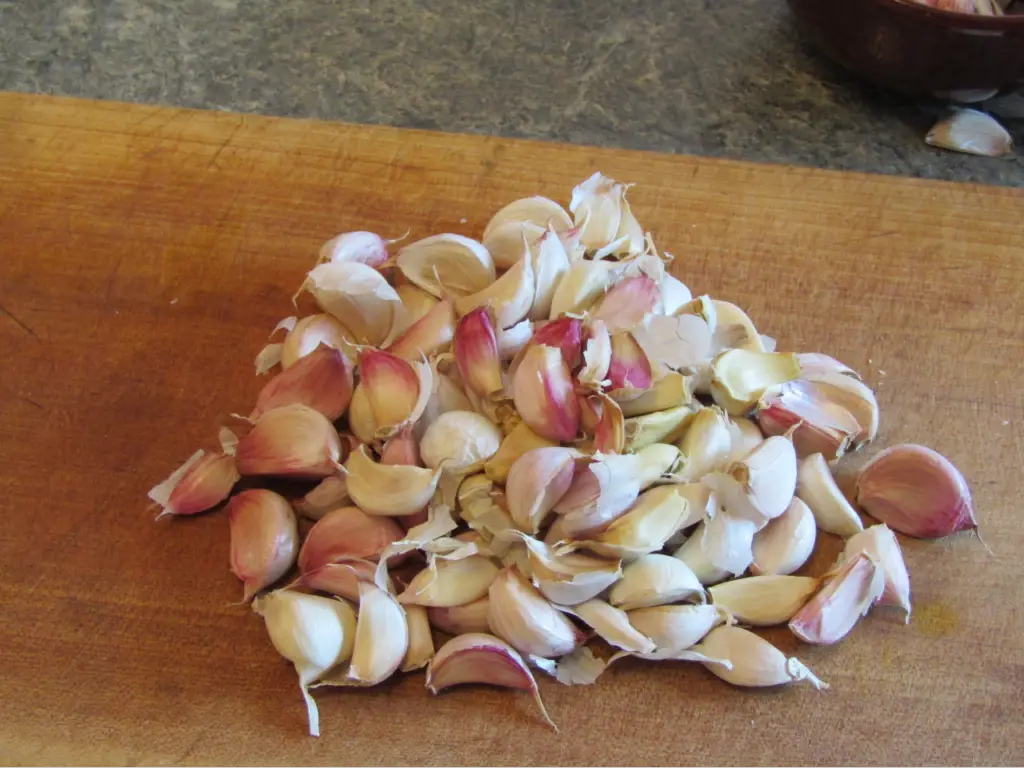
- Trim end and peel
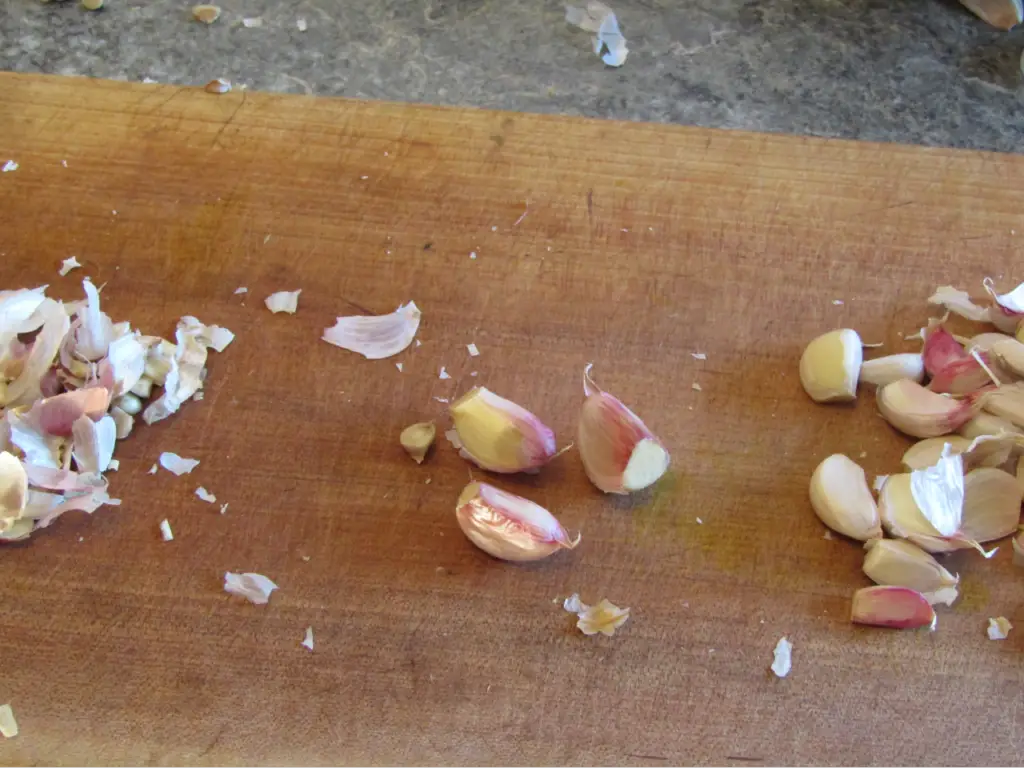
- Place jar on scale and tair it
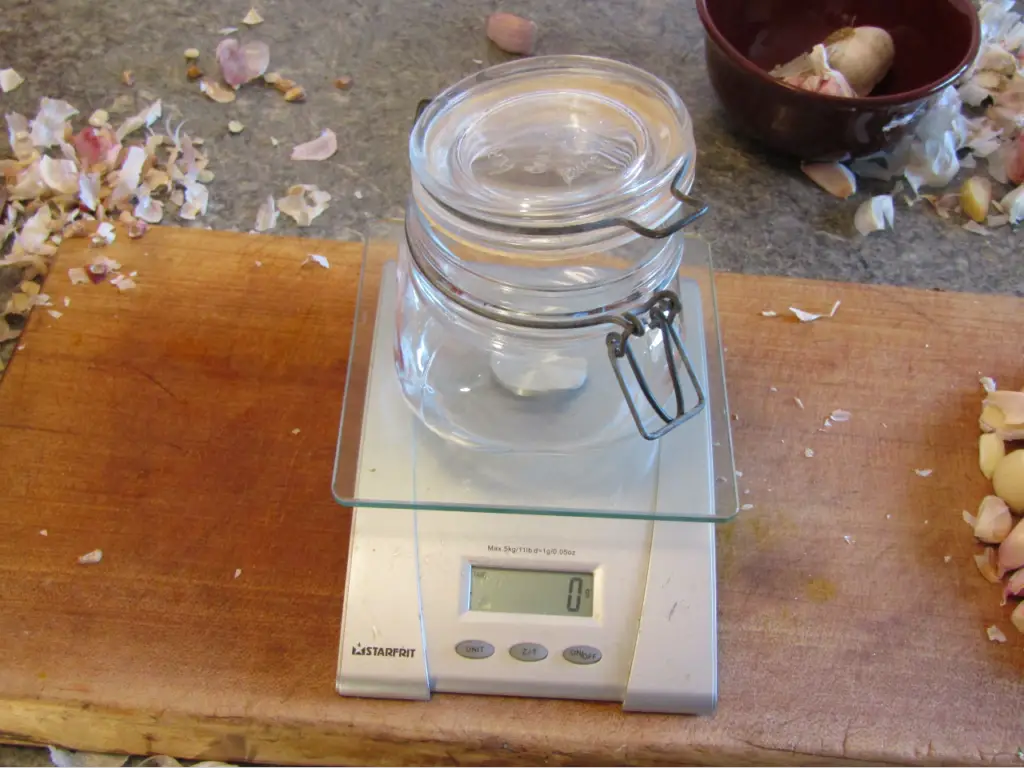
- Add peeled garlic cloves to jar
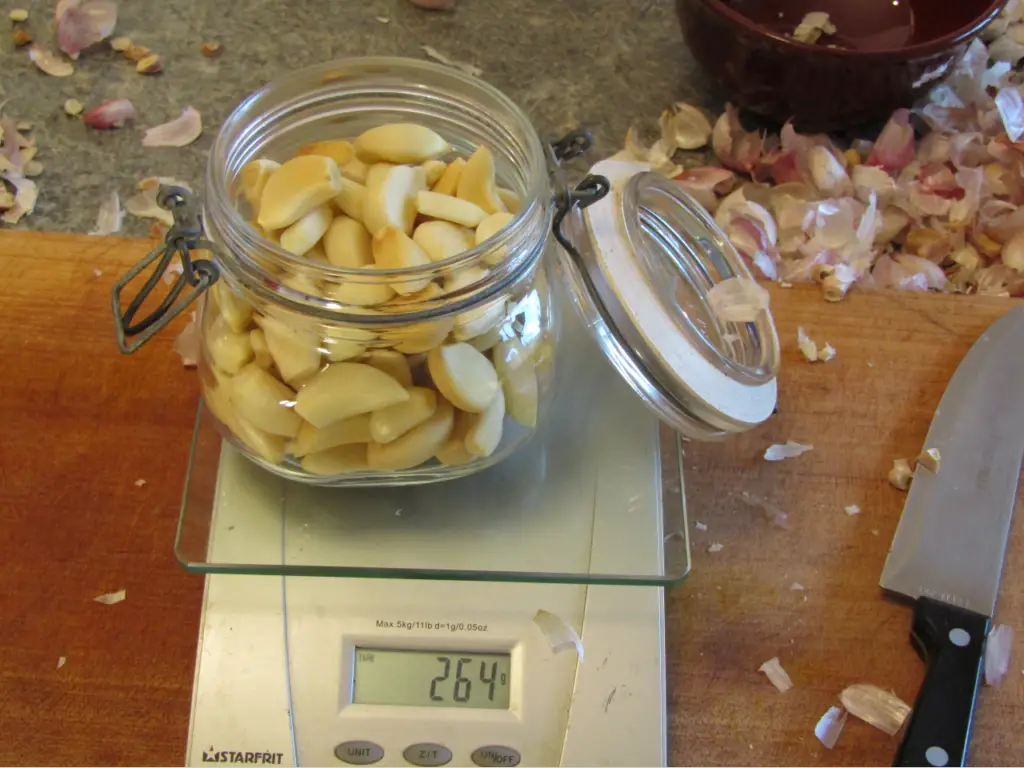
- Add filtered water to just cover the garlic cloves (leave some headroom)
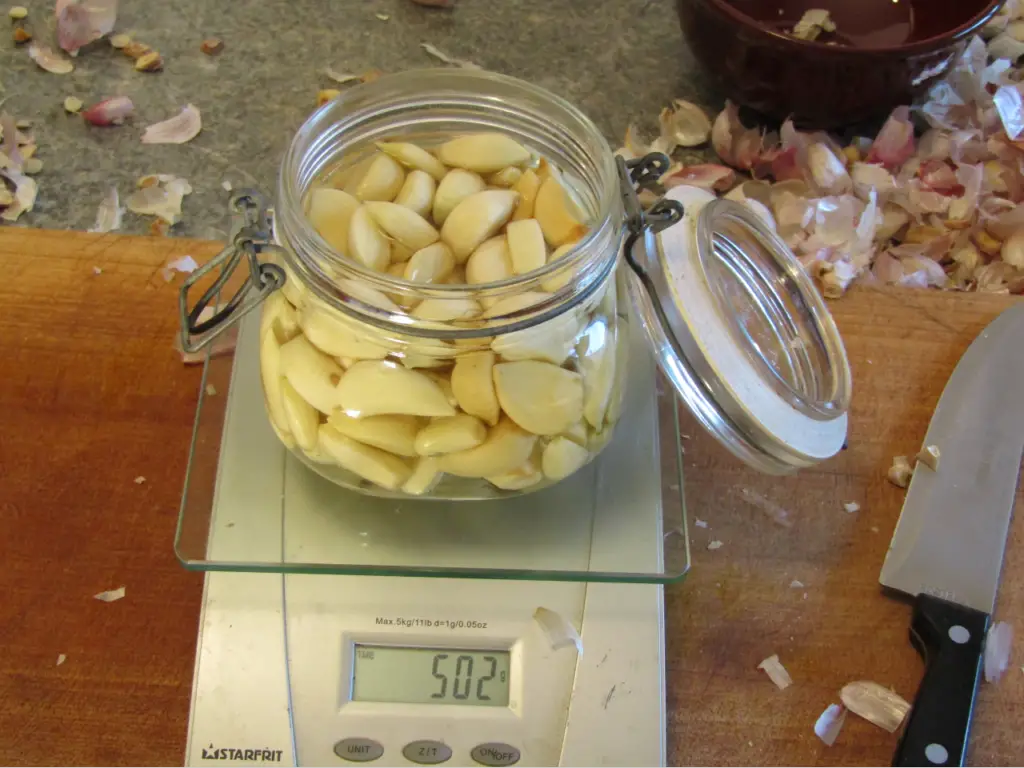
- Calculate 2-3% by weight of salt
502g X .02 = 10.4g
- Add desired amount of salt by weight
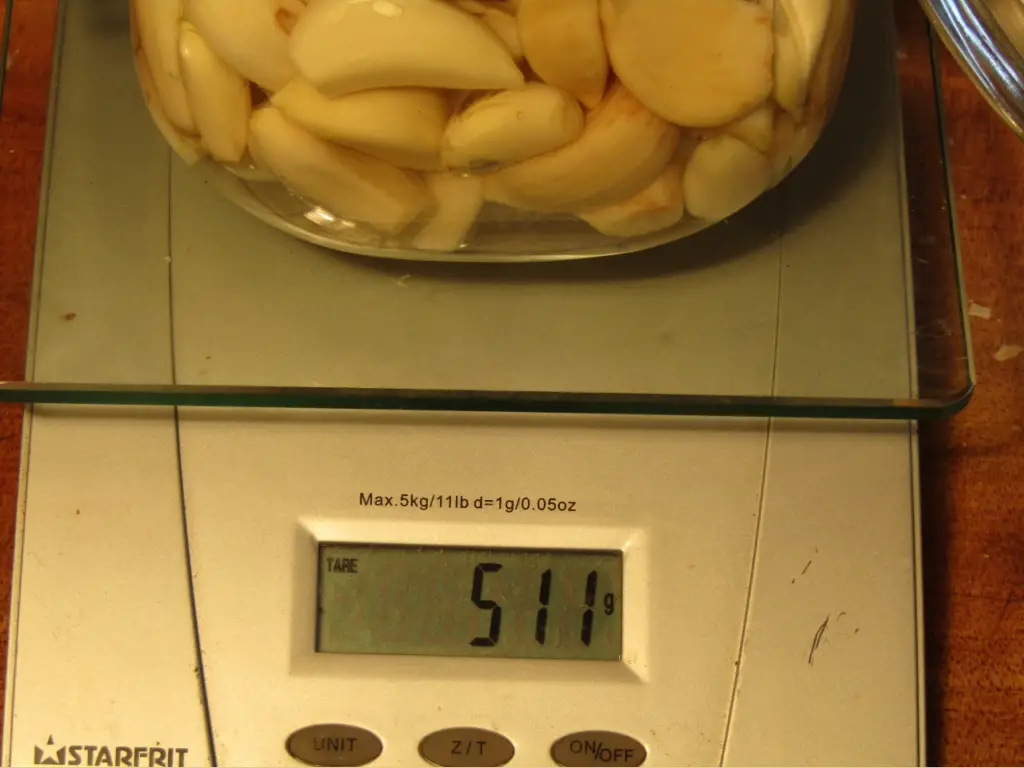
- Seal the jar
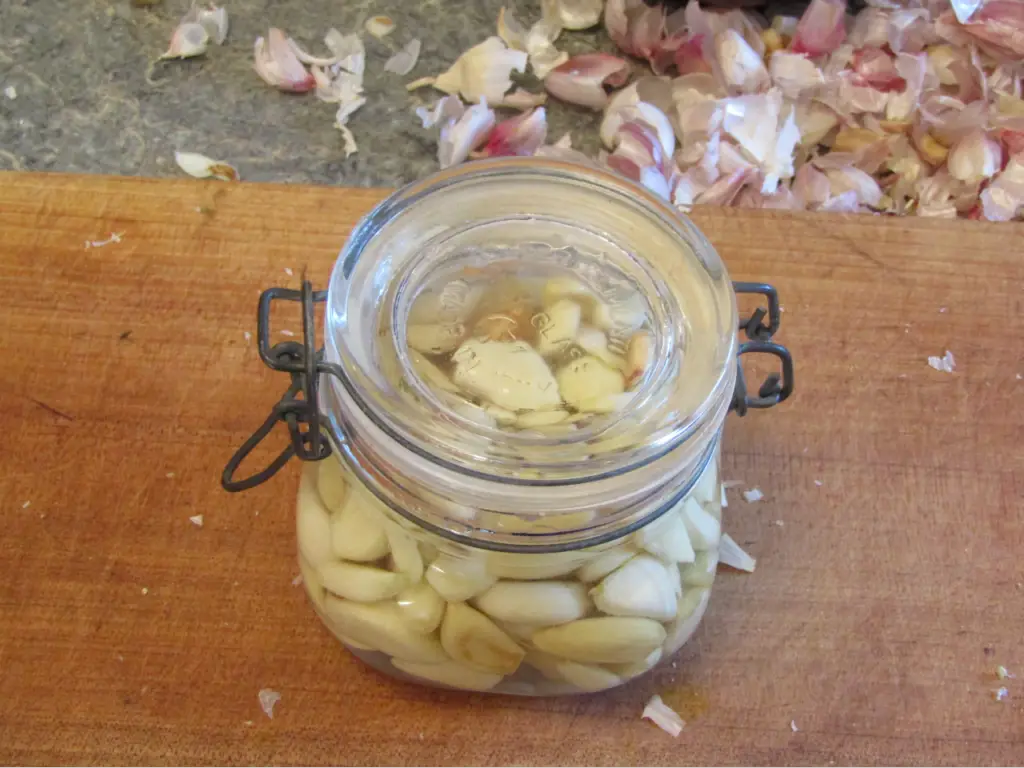
- Place jar in a cool dark location
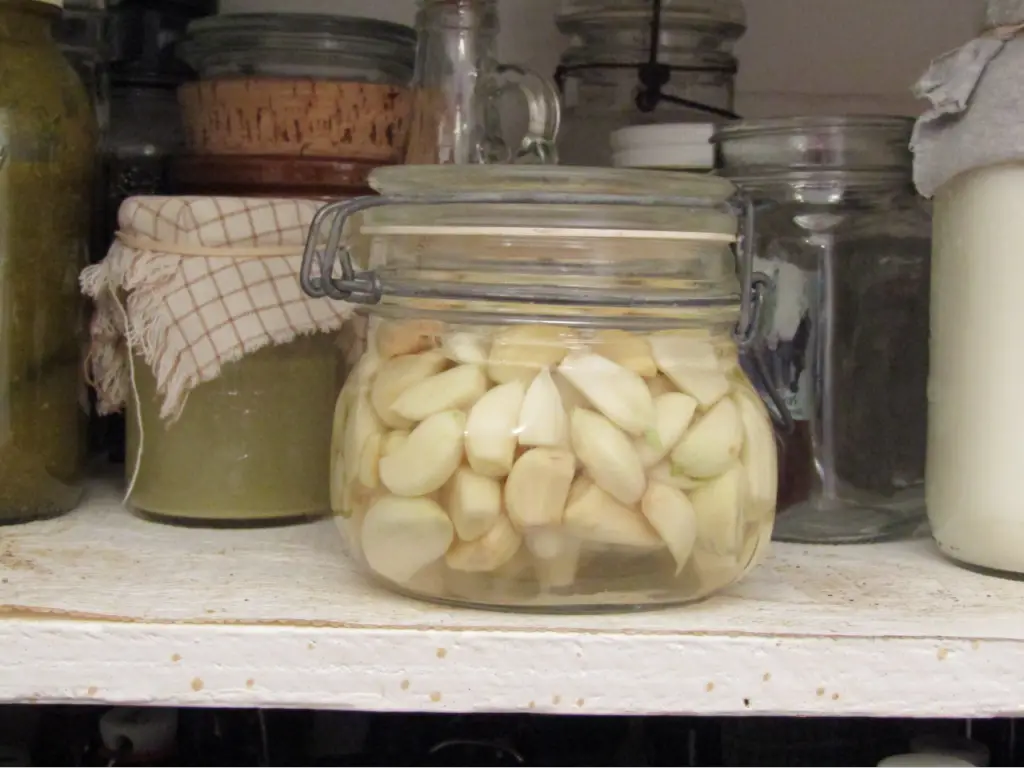
- Burp the jar daily until no bubbles appear
- Ferment at least 2 weeks
- Move to cold storage once desired fermentation level is reached
Note:
Many recipes will require a 3-5% water brine to be used as the liquid to submerge the garlic cloves. This is a very inaccurate method of calculating salt concentration as the volume of water added to a jar varies with how many cloves are packed into the jar. Instead by weighing the total volume of the jar the correct amount of salt can be added to ensure your garlic will not spoil.
